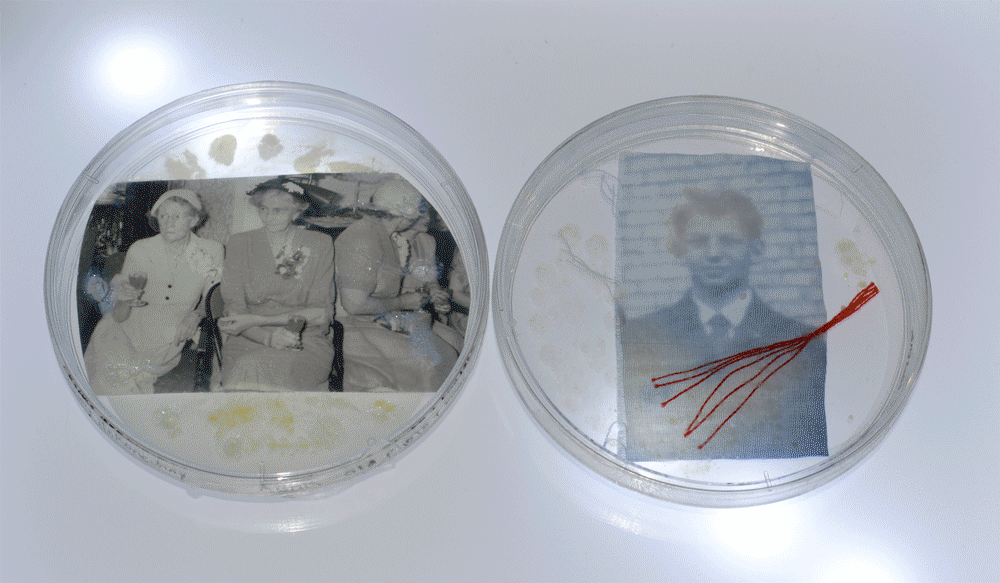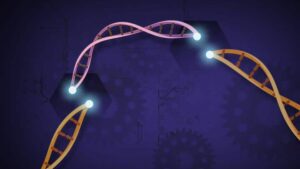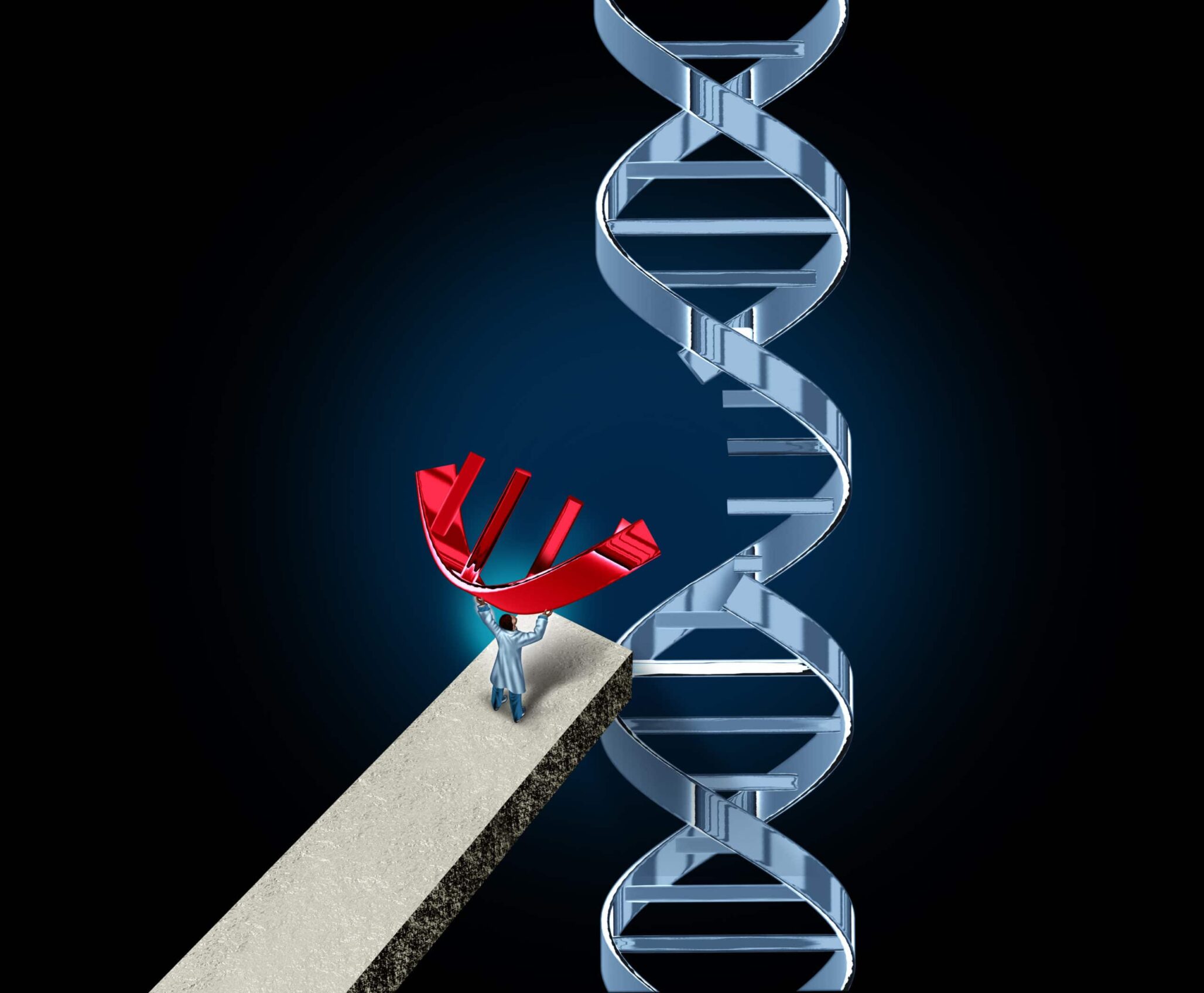As a graphic designer for Seed World, I first heard of CRISPR technology a few years ago while laying out a story for one of the magazines. Having connections to some art groups, I started hearing more about art-science collaborations and the practice of using live tissue and bacteria as a new art medium called BioArt.
More recently, I was surprised to hear that do-it-yourself CRISPR kits have become available to the market complete with everything one would need to make genome edits at home. In December 2015, a crowd-sourced funding campaign was launched by Josiah Zayner, a synthetic biologist and research fellow at NASA Ames Research Center. He says “everyone will be able to use these kits — they contain everything you need, no extra equipment is required — even if you have had zero experience with biotechnology. I believe that the only way that this works is if science is democratized so everyone has access.”
Art, Discussion, IP and Reaction
Trying to bring this kind of technology to the masses isn’t new. In fact, the artist community has been at it for awhile, and reaction has been interesting to say the least.
In 2009, bioartists Shiho Fukuhara and Georg Tremmel reverse-engineered blue GMO carnations and roses developed by Australian company Florigene. Fukuhara and Tremmel released blue carnation seed into the wild to give the plants a chance at reproducing. Living this wild new life, the flowers were an infringement on Florigene’s intellectual property because countless unauthorized copies of their patented DNA was now out in the wild.
In an interesting twist, the pirated flowers became pirates in their own right by attempting to live a natural life. Non-modified carnations were potentially affected by cross-pollination. The intellectual property protection of life was put to the test by the flowers themselves.
The performance piece “Free Range Grain” by the group Critical Art Ensemble provoked discussion about the difficulties of regulating biotechnology in a global legal landscape. From 2003-2004, the art group set up mobile laboratories throughout Europe where the public could test their groceries for GM ingredients and decide whether or not they wanted to consume the product.
Steve Kurtz, co-founder of Critical Art Ensemble, aimed to catalyze public debate about genetic engineering. The widespread use of transgenic crops in agriculture has been driven by a variety of potential benefits, including increased yields, easier and more effective weed/pest control, lower prices to consumers, a wider variety of produce available throughout the year, and the production of nutrient-enriched staples.
https://www.youtube.com/watch?v=TWthRz-0T18
Opposition
Not surprisingly, BioArt has resulted in its share of controversy.
The artist collective wanted to bring their Free Range Grain exhibit to the United States to test unlabeled foods for GMOs, but was shut down by Homeland Security and the Joint Terrorism Task Force in 2004.
BioArt received much attention around the turn of the millennium as a result of artworks like Eduardo Kac’s green rabbit, a transgenic animal that glowed in the dark under UV light. It created debate about whether biotechnology should become an artistic medium, whether the fine arts should engage with transgenic or cellular organisms, and the potential hazards to public health.
Zayner’s DIY CRISPR kits have raised the same concerns. “The use of CRISPR/Cas9 is becoming a contentious topic,” writes Motherboard’s Kari Paul. “The technique has the potential to prevent diseases like Alzheimer’s and HIV and to stop the spread diseases like dengue and malaria, but some scientists are worried that modifying the genome in a way that passes to the next generation could cause unintended, irreversible mutations.”
Collaboration
Perhaps the solution to these controversies is to have artists and scientists collaborate. As I learn more about BioArt, I see the merit of this. Artists have the ability to translate research and science visually to the public, which in turn can generate a greater acceptance and awareness to the science. I do believe an artist should commit themselves to a degree of responsibility.
Earlier in 2016, I participated in a BioArt workshop facilitated by Portuguese artist Marta De Menezes. We had some insightful discussion on the artistic, aesthetic and ethical issues raised as well creating some hands-on biological art.
BioArt therefore has both the potential to make biotechnology more accessible to a broader audience as well as add important voices to the current debate about GMOs.












